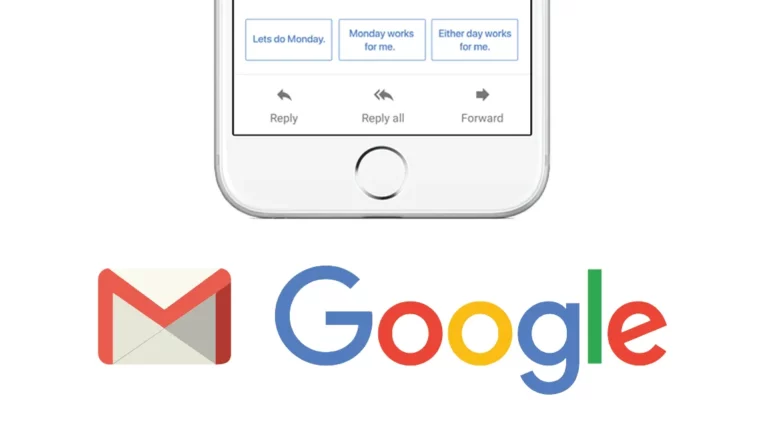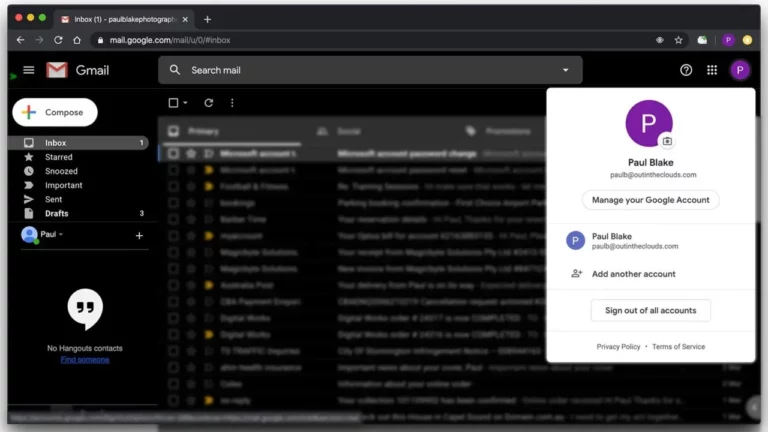Take these 3 steps to ensure new technology doesn’t mean more friction in your business
Technology is the foundation of most businesses today. This is certainly a good thing when implemented correctly but can turn very ugly when new technology adds friction to an existing workflow and slows down your business instead of increasing efficiencies and improving the bottom line.
Business owners and managers can sometimes get distracted by the shiny features and good marketing behind some new technology instead of properly understanding how it will integrate into the business and improve the existing workflow by minimising touchpoints or offering a more user-friendly interface.
The time you take to test the feasibility of the proposed new technology will be well worth it, as long as you have a project plan that is well put together and don’t let it drag on too long, otherwise there will be further advancements you want to test and that is a very slippery slope.
Follow these 3 steps to get you on your way to ensuring the technology you are introducing into your business does not cause friction but adds value:
- Is your existing technology compatible?
Will your new technology connect and integrate with the existing technology in your business? Automation and connectivity are the main drivers towards efficiency when using technology in business due to the minimisation of touch points and human error. Not all technology will speak to each other so make sure that you confirm with the product vendor before purchasing.
- Work smart, AND hard
Most businesses work hard, working smart and hard will give you a competitive advantage. Draw up a process flow of your current operations and see where the touch points are. Avoid introducing new tech that leads to double data entry or friction that will slow down your business if the benefits don’t outweigh the negatives. This process will also allow you to get buy in from the teams that will be using the new tech as they will be able to give input and conceptualise how the new processes will look after implementation.
- Get the right support for implementation and on-going operations
Make sure your staff have documentation and training prior, during and after the introduction of new technology. Having staff members from the vendor on site while people are first using the technology will ensure everyone is comfortable using it. Projects fail at the finish line too often because of poor adoption and education due to a lack of communication to the end users and a lack of planning by the key stakeholders.
Practicality is your friend when looking at new solutions to introduce into your business but without a proper project and communication plan that allows for change and fast, nimble moves you will stub your toe more often than not.







